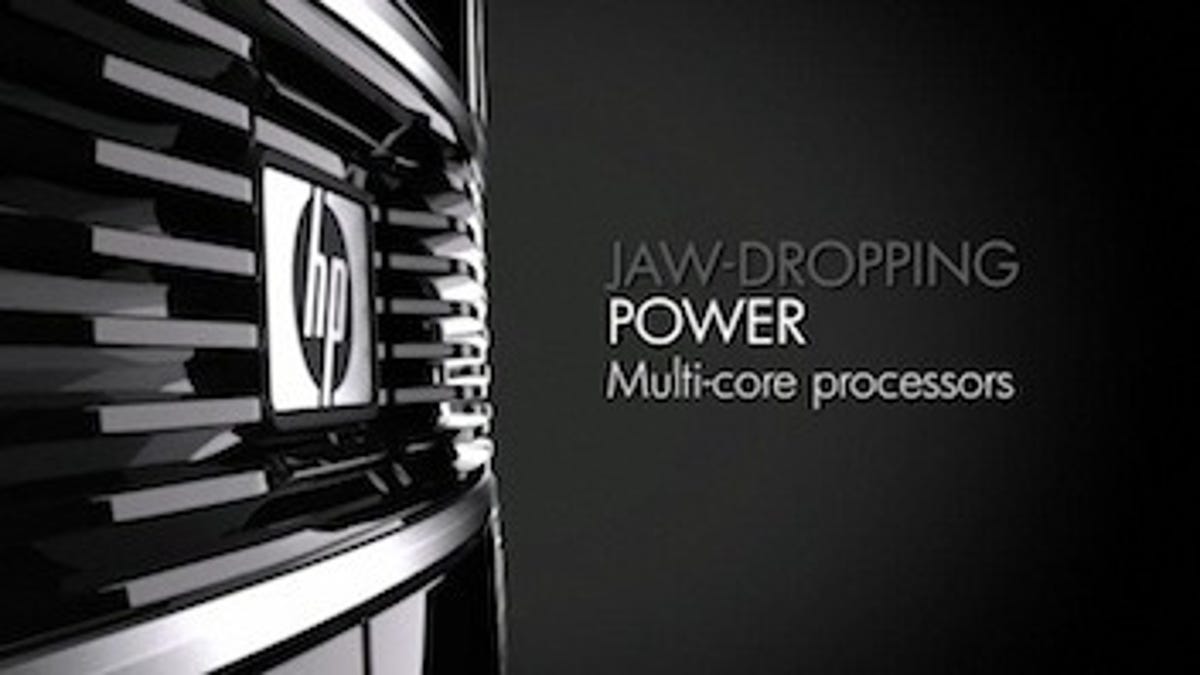Are Intel, AMD six-core chips worth it?
Do large Intel-AMD processor core counts on the highest-end desktops really make a difference for most consumers? Two experts offer their opinions.

The enduring Intel-Advanced Micro Devices desktop PC rivalry may be hitting a ceiling at the very high end where adding processor cores doesn't always translate to better performance.
On Tuesday, AMD announced the six-core Phenom II X6 1075 processor, priced at only $250, adding to its stable of six-core desktop chips. And Intel has its well-received but much pricier Core i7 980X and 970, among other six-core processors.
All of this means more choice at the high end for consumers, but are those extra cores really necessary? Do the newest six-core systems, such as the HP Pavilion Elite HPE-460z series and Dell Studio XPS 9100, offer an appreciable spike in performance? (Note: this same argument can be applied, to some degree, to dual-core versus quad-core systems.)
I asked a couple of experts for their opinions.
Rich Brown, senior editor, desktops at CNET Reviews.
For most consumers, six-core CPUs will be overkill. Few apps will really use all six cores well, and the trade-off tends to be slower performance on the apps that don't use them. If you call your CPU a 3.2GHz chip and allow all six cores to operate at 3.2GHz, that will generate more heat and demand more power than a four-core chip running at 3.2GHz. Those that really do need that much concurrent processing power will generally have the budget to spring for the pricier (and faster) Intel chips. Six-core at (the lower AMD) price point is really for two things: selling off the shelf to consumers who don't know better (why buy four cores when you can have six!) and keeping Intel on its toes.
AMD's answer to (the thermal challenge) has been to sell (six-core processors) with slower clock speeds to ensure they don't get into thermal trouble. That's fine, but it leaves performance headroom on the table when you're not using all six cores, hence the slowdowns with AMD's 2.8GHz six core chips compared with the 3.2GHz Intel quad core chips available in the same price range. AMD's Turbo Core technology adds a flat 500MHz boost when it detects that the active cores could be working harder, but it's not as effective as Intel's Hyper-Threading/Turbo Boost combination on certain CPUs which, respectively, double the processing thread count and dynamically alter the per-thread speed across a finer range of settings as workload and thermal/power constraints demand.
CNET reviews of AMD-based six-core systems here and here. And an Intel six-core desktop review here.
Anand Shimpi, CEO of tech Web site Anandtech.
AMD's 6-core strategy uses six Phenom II cores with a 6MB L3 cache and software based turbo for situations where you're using three or fewer cores. The chips run at (between) 2.8GHz (and) 3.2GHz. Note that the L3 cache size is unchanged from four to six cores. These chips are useful in those situations where you have a particular application (e.g. H.264 video encoding, offline/professional 3D rendering) that can stress all the cores. Most games are bound by the performance of two to four threads, (so) they will not show any advantage on the six-core chip.
Intel's strategy involves a larger L3 cache (12MB vs. 8MB for quad-core i7s) and hardware-based turbo that effectively makes the Core i7 980X just as fast (if not faster) than the quad-core offerings regardless of workload. For lightly threaded apps you get a much larger L3 cache and for heavily threaded apps you get tons of cores. Again, in most situations, however, the extra cores go unused. If you're running a lot of multithreaded/CPU intensive applications in parallel or specifically have apps that can scale beyond 8 threads, you'll see a benefit.
The majority of consumers won't see any impact from the additional cores, although they may get some benefit from the larger L3 cache and they won't lose any performance versus a quad-core thanks to turbo.
Anandtech's review of the newest AMD six-core processors here.

